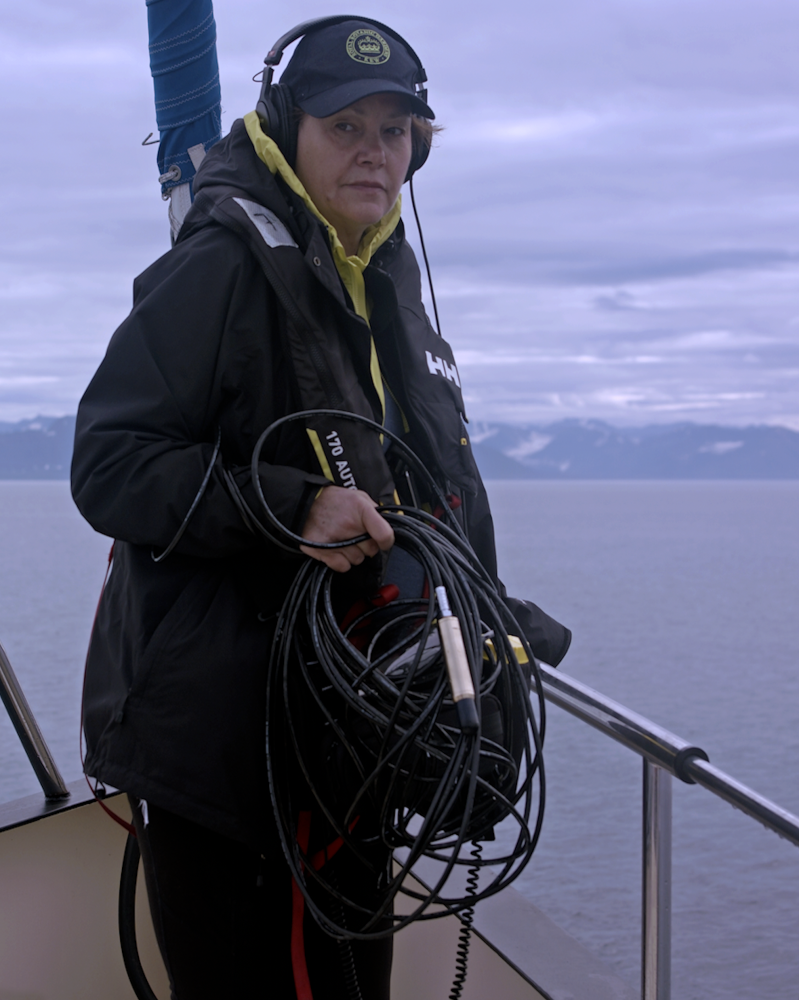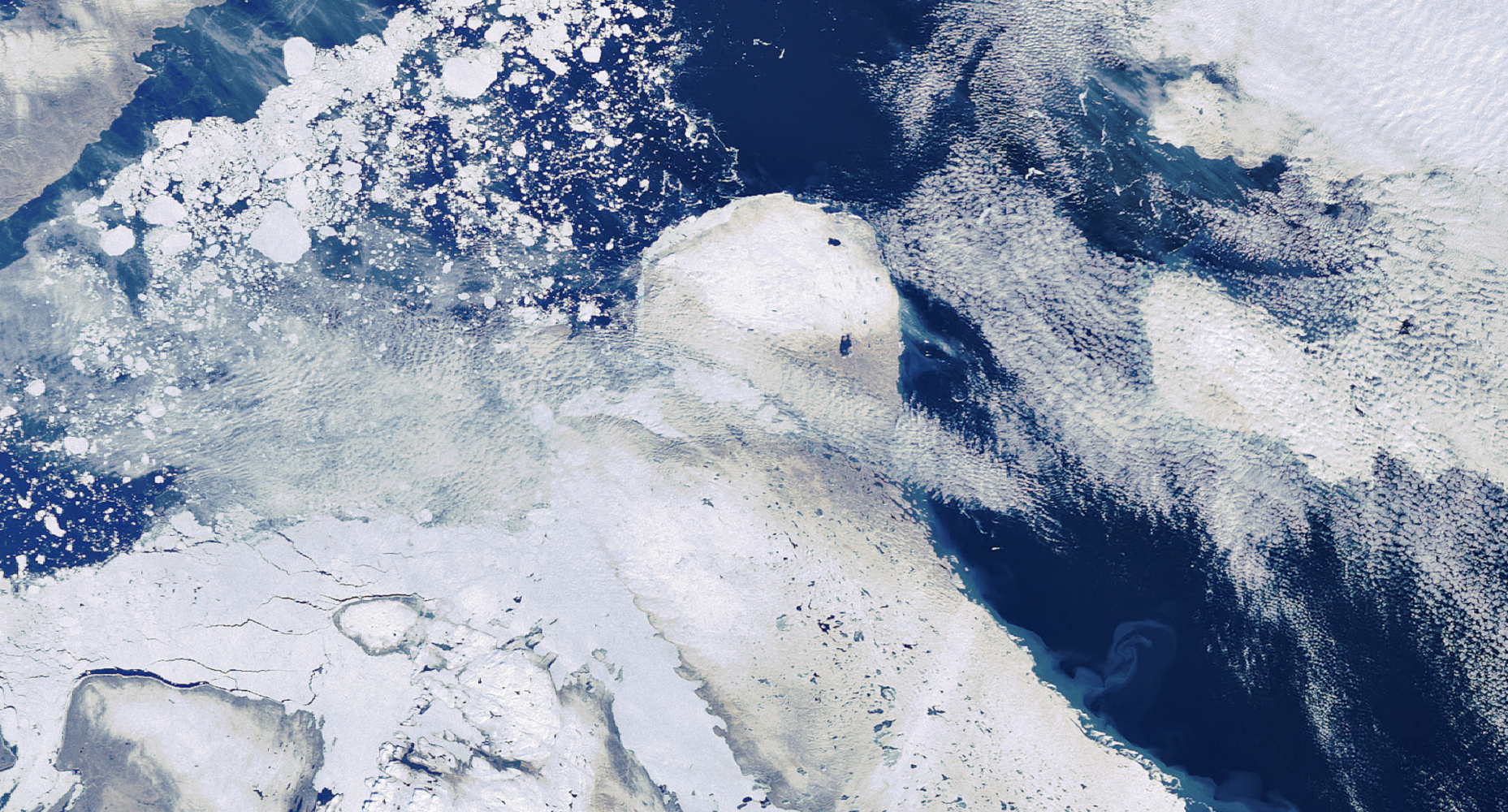Artists
Susan Schuppli
Susan Schuppli (born in Ottawa, Canada; lives in London, United Kingdom) is interested in the role that materials play as technical and sensate witnesses to traumatic or violent events such as wars and ecological disasters. Through alliances with scientific experts and in collaboration with local communities, Schuppli brings to light the capacity of these nonhuman actors to inflect the storylines of historical discourse. Rooted in extensive research-creation work, her projects unfold in photographs, videos, and installations, as well as books, seminars, and research workshops.
- Born
- Ottawa, Canada
- Countries / Nations
- Canada / United Kingdom
- Lives
- Londres, United Kingdom
- Website
- susanschuppli.com

Works

Susan Schuppli, Learning from Ice: Ice Cores, 2019, video still. Courtesy of the artist

Susan Schuppli, Learning from Ice: Ice Cores, 2019, video still. Courtesy of the artist
Wet Futures
In the video Learning from Ice: Ice Cores, Schuppli takes us into the world of cryospheric science and glaciology. We see gloved hands carefully manipulating ice cores—slicing, filing, or scrutinizing precious samples preserved in tubes. In the narration, Schuppli explains that in 2011, because the Canadian government shifted its research priorities and budget allocations, kilometres of Arctic ice harvested over the previous 40 years and archiving up to 80,000 years of climatic history faced a dire future. Thanks to the dogged efforts of scientist Martin Sharp, these thousands of samples have been saved and are now housed at the purpose-built Canadian Ice Core Archive at the University of Alberta, waiting patiently in immense freezers to reveal the secrets of the past in their layered material memories. Carrying trace evidence of extractivist colonial capitalism, ice core samples archive different concentrations of greenhouse gases and pollutants in their stratigraphy; attesting to both the presence and the absence of human activity over millennia. Schuppli’s work thus highlights what she calls the “politics of cold”—the entanglement of practices that combine to produce knowledge about environmental transformations. Ice sheets are extraordinary materials for archiving long-term climate histories due to their capacity to capture and store atmospheric information as well as their ability to produce high-resolution datasets of environmental change. Anything that is deposited into the atmosphere from volcanic ash to nuclear fallout and chemical pollutants will circulate globally and eventually be recorded in the Earth’s ice sheets. Schuppli takes this narrative-laden substance as her primary witness and shows its capacity to raise awareness about current environmental issues. By exhibitsing the material, human, methodological, and pedagogical dimensions of ice core science, Learning from Ice makes tangible the consequences of otherwise abstract policies. Schuppli composes a poetic and scientific portrait of the North, where, more than ever, the future of our planet is playing out.
In collaboration with the Toronto Biennial of Art